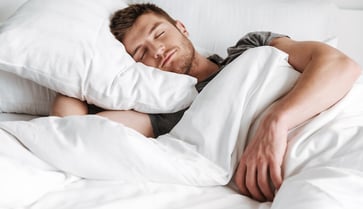Post-menopausal women can benefit from FDA-approved vibration belts that combat bone loss.
A non-medication alternative for bone loss in women could be provided by a device that emits good vibrations.
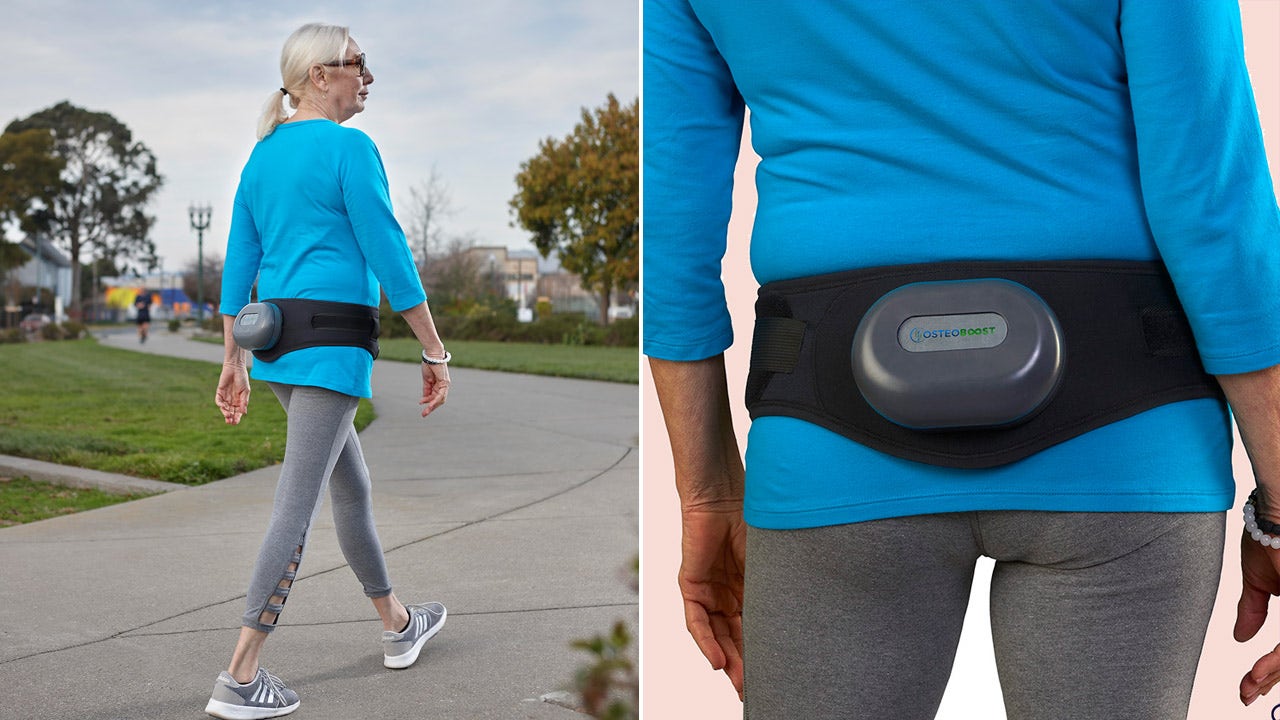
Women in post-menopause may soon have a new tool to combat bone loss.
The FDA recently approved a vibration belt called Osteoboost.
According to Bone Health Technologies, the prescription device is designed for post-menopausal women with low bone density, a condition known as osteopenia.
A study at the University of Nebraska Medical Center demonstrated that Osteoboost can directly stimulate bone growth and preserve bone mineral density and strength in postmenopausal women with osteopenia by sending low-frequency vibrations directly to the lumbar spine and hips, according to Laura Yecies, CEO of Bone Health Technologies in Redwood City, California.

According to Yecies, only a small percentage of patients who meet the criteria for osteoporosis medications are taking them, and many others are not consistently adhering to their medication regimen.
"The Osteoboost technology is safe, medication-free, and easy to use at home, making it suitable for a wide variety of patients with bone density loss," she stated.
The device was approved by the FDA on January 18 due to research funded by the National Institutes of Health.
The Endocrine Society in Chicago and the American Society of Bone and Mineral Research in Vancouver, British Columbia, Canada presented the NIH's findings last year at their annual scientific meetings.
The findings are currently under peer review for publication.

Some research studies, up to 15 years old, have shown that whole-body vibratory stimulation can positively impact bone strength, according to Chris Morris, M.D., a rheumatologist at Arthritis Associates in Kingsport, Tennessee. Morris is not associated with Osteoboost.
Research inspired by NASA
Dr. Shane Mangrum, a physician and co-founder of Bone Health Technologies, recognized the need for preventing spine fractures in osteoporosis patients after treating numerous compression fractures, according to Yecies.
The doctor aimed to find a treatment that did not involve taking medications.
Mangrum sought grant funding to develop and test the initial prototype of the Osteoboost belt after discovering that mechanical stimulation of bones through whole-body vibration could enhance bone density, as indicated by research by NASA.
A pivotal study was supported by additional funding.
Dr. Laura Bilek, a researcher from the University of Nebraska Medical Center and a clinical adviser to Bone Health Technologies, led a study that included 126 post-menopausal women with low bone mass but no osteoporosis.
On average, the participants were 62 years old. Ninety-eight percent of them were White, and ninety-six percent were non-Hispanic.

According to Bilek, the women were randomly assigned to either a treatment group or a control group without being informed about the treatment they were receiving, as per Planet Chronicle Digital.
The control group used a device that produced sound but did not provide vibration, while the treatment group employed a vibration belt.
The researchers administered both treatments five times a week for 12 months and ensured that all participants consumed the daily recommended amount of calcium.
Bilek stated that the researchers assessed CT scans for each group to determine alterations in the lower spine's strength.
No significant differences were found in the change of lower spine vertebrae between the active and control groups.
The researcher observed that women aged 50 to 60 who received the active treatment had significantly less bone loss compared to the control group.

The control group had significantly less bone strength and mineral density than the active treatment group, according to researchers who studied those who used the belt regularly.
During menopause, women experience rapid bone loss, making it especially crucial for them to pay attention to bone health, according to Bilek, who shared her insights with Planet Chronicle Digital.
Morris concurred, stating that "this novel treatment could represent a non-pharmacological strategy for enhancing bone density and minimizing the likelihood of fractures."
He stated that technology has the potential to enhance balance and mobility in individuals who are more likely to experience fractures.
"This new therapy has the potential to be a non-medication approach to the improvement of bone density and reduction of fracture risk."
The loss of estrogen during menopause can lead to up to 20% bone loss, according to The Endocrine Society's website.
Bilek stated that the Osteoboost could aid millions of women with low bone density, who are at risk of developing osteoporosis.
Study limitations
Morris pointed out that although the study on the vibration belt was promising, it did not examine whether it decreased the likelihood of fractures among participants.
Bilek's research team examined "proxy indicators" for bone strength, as directly measuring fracture risk would have necessitated tracking the participants over an extended period.
Morris stated that the research did not compare Osteoboost with effective standard medication therapies in reducing the risk of fractures.
He expressed interest in exploring the possibility of incorporating this into existing medications to enhance their effectiveness.
According to Yecies, the Osteoboost device does not have a set price yet, and out-of-pocket costs may vary among patients.
She noted that the company plans to start shipping the device later this year.
Osteopenia vs. osteoporosis
Morris explained to Planet Chronicle Digital that osteopenia and osteoporosis are medical conditions characterized by a loss of calcium and the protein framework of our bones.
According to Healthline, bone mass peaks in the early 30s and then begins to decline.

The body breaks down bone faster than it builds new bone, resulting in osteopenia.
If the T-score is between -1 and -2.5, someone has osteopenia, which is low bone mass. With osteoporosis, the T-score is below -2.5.
The risk of fractures increases with worsening bone weakness as the score decreases, according to Morris.
Approximately 34 million Americans suffer from osteopenia, according to Cleveland Clinic.
The risk of osteoporosis, the most common bone disease in the U.S., is increased by the condition.
A DEXA scan is used by doctors to diagnose both bone conditions by measuring bone density.
Morris stated that the test evaluates a person's bone density relative to that of a 30-year-old individual with the same height, weight, and gender.
During their lifetime, approximately half of all women will experience a fracture, mainly during the osteopenia stage.
For more Health articles, visit planetchronicle.net/health.
Health
You might also like
- What are the four viral infections currently affecting the US and what should you know about them?
- Doctors hail a 'New golden age' with Trump and a healthier America.
- Researchers suggest a more accurate way to measure obesity than BMI.
- Ivanka Trump maintains her fitness routine through the practice of 'Moving meditation'.
- To detect more bird flu cases, the CDC advises quicker 'subtyping'.






